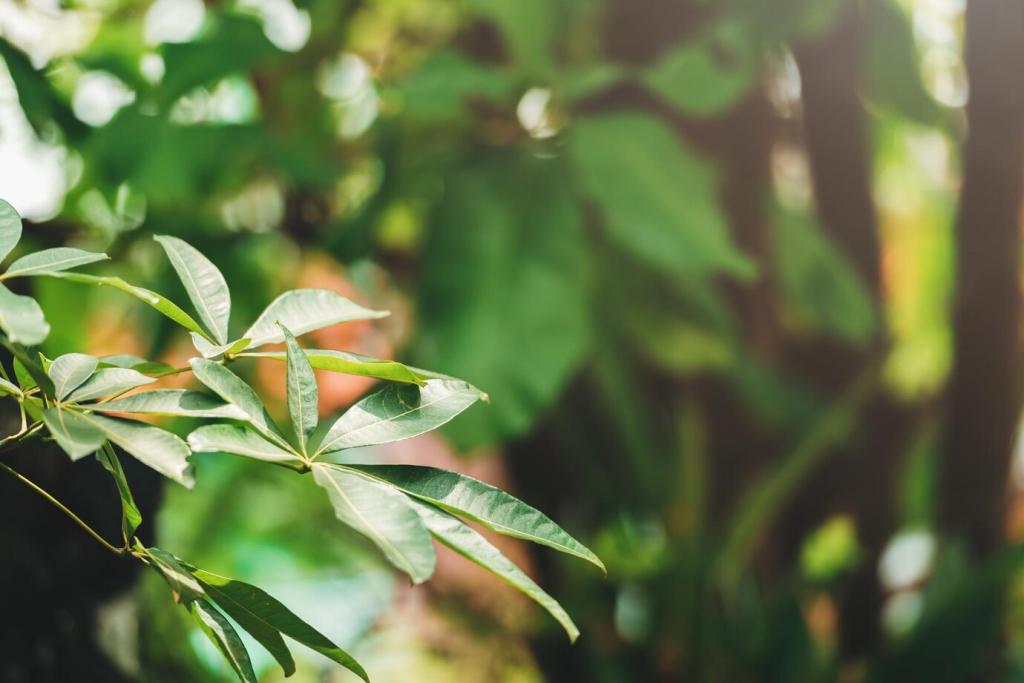
Repurposing Old Fabrics into Home Accessories
Repurposing old fabrics into home accessories is an inspiring and sustainable way to breathe new life into unused textiles. Whether it’s worn-out shirts, faded curtains, or beloved dresses kept for sentimental value, these materials can be transformed into functional and decorative items for your living space. This approach not only reduces waste but also adds a unique, personal touch to your home decor. Imbuing everyday surroundings with memories and stories, upcycling textiles is a creative journey that merges sustainability with style. Through thoughtful transformation, once-forgotten fabrics become meaningful accents and purposeful treasures in the heart of your home.
The practice of upcycling old fabrics serves as a vital step toward sustainable living. Every year, millions of tons of textiles end up in landfills, contributing to environmental pollution and resource depletion. By choosing to repurpose worn linens, damaged clothing, or forgotten drapes, you actively reduce waste and minimize your environmental impact. This approach conserves water and energy that would otherwise be needed to produce new textiles, promoting a more responsible lifestyle. When you embrace textile reuse, you don’t just save money—you help create a cleaner and greener planet, starting from the comfort of your own home. Repurposing also fosters a sense of resourcefulness, encouraging you to see potential in what might once have seemed like mere scraps.
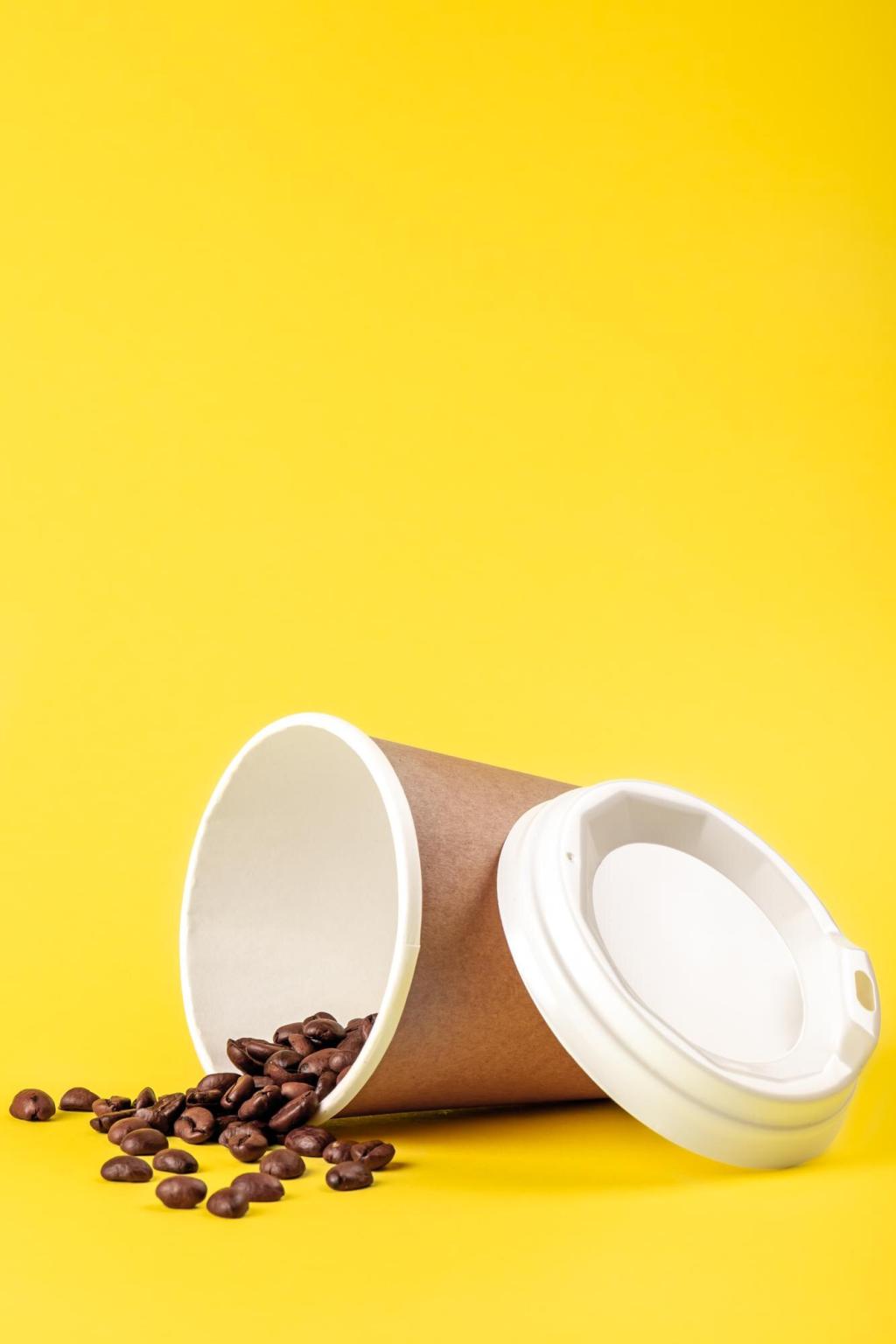
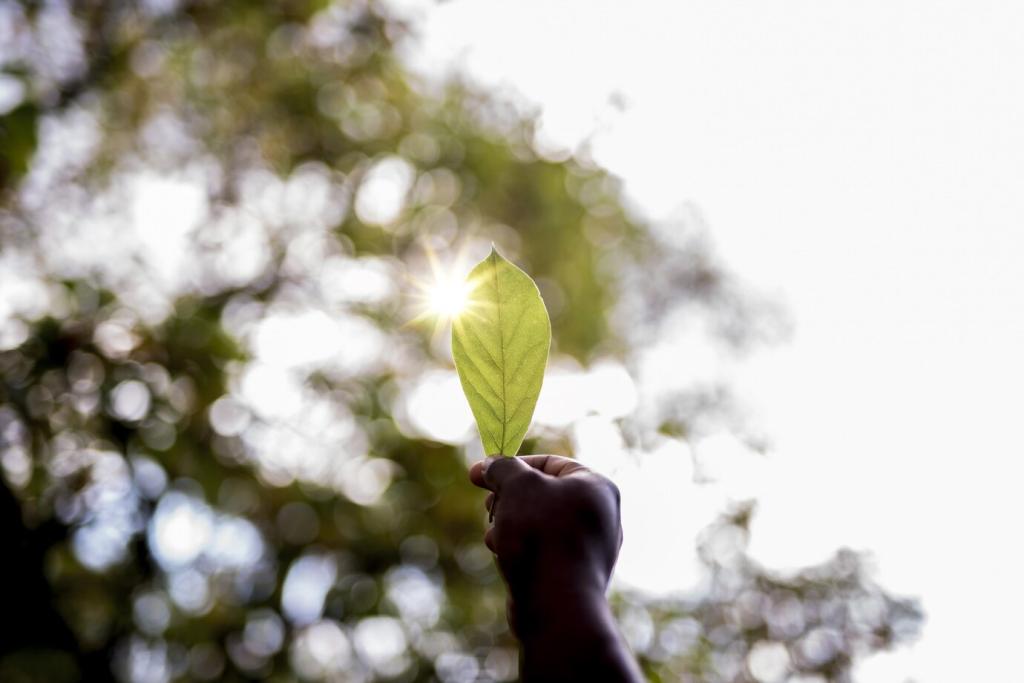
Previous slide
Next slide
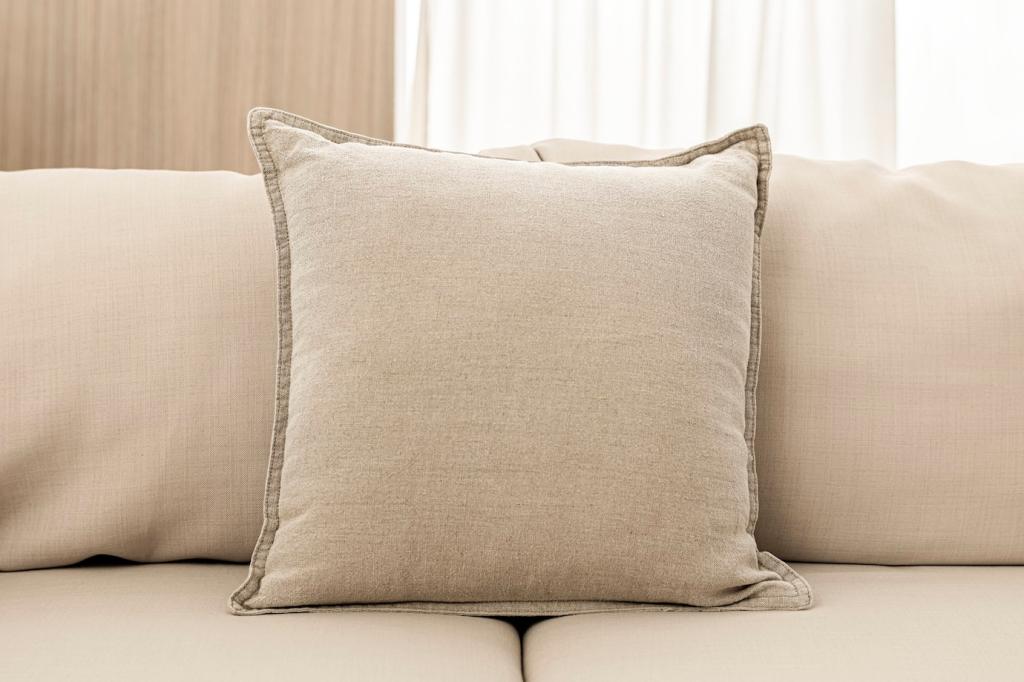
Choosing the Right Fabrics for Your Project
Selecting appropriate materials is the first step to successful fabric upcycling. Different fabrics have distinct qualities—some are crisp and structured, while others are soft and flowing. When choosing textiles for a home accessory, consider the item’s purpose and the wear it will endure. For example, heavier fabrics like denim or canvas work best for baskets or rugs, while softer cotton or linen is ideal for cushions and covers. Clean all materials thoroughly before starting to ensure longevity and a polished finish. Learning to recognize fabric types and their best uses will help you create durable, beautiful accessories tailored to your needs.
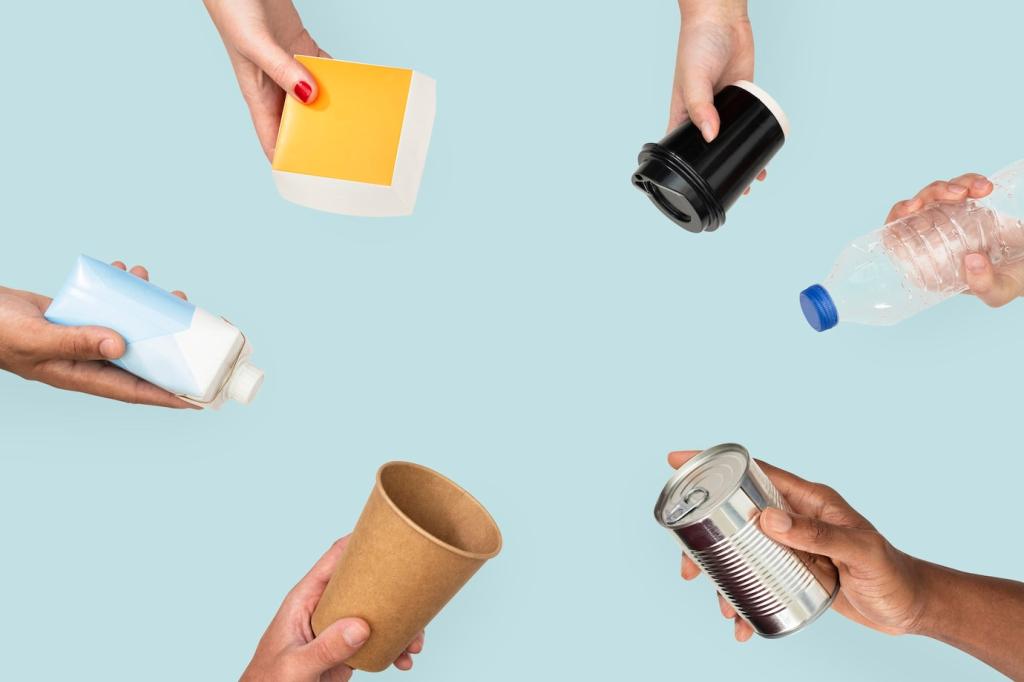
Basic Sewing and No-Sew Construction Methods
Repurposing old fabrics doesn’t require expert sewing skills; many projects can be achieved with just basic stitching or no-sew techniques. Hand-stitching, simple machine sewing, and even fabric glue or iron-on tape can be used to assemble your creations. Using straight lines and basic seams can create crisp, strong finished products. For those new to sewing, start with accessible projects like pillow covers or basic storage caddies. If sewing isn’t your strength, explore knotting, twisting, or folding techniques that require minimal tools. As your confidence grows, you can experiment with more intricate designs or embellishments, adding personal touches along the way.
